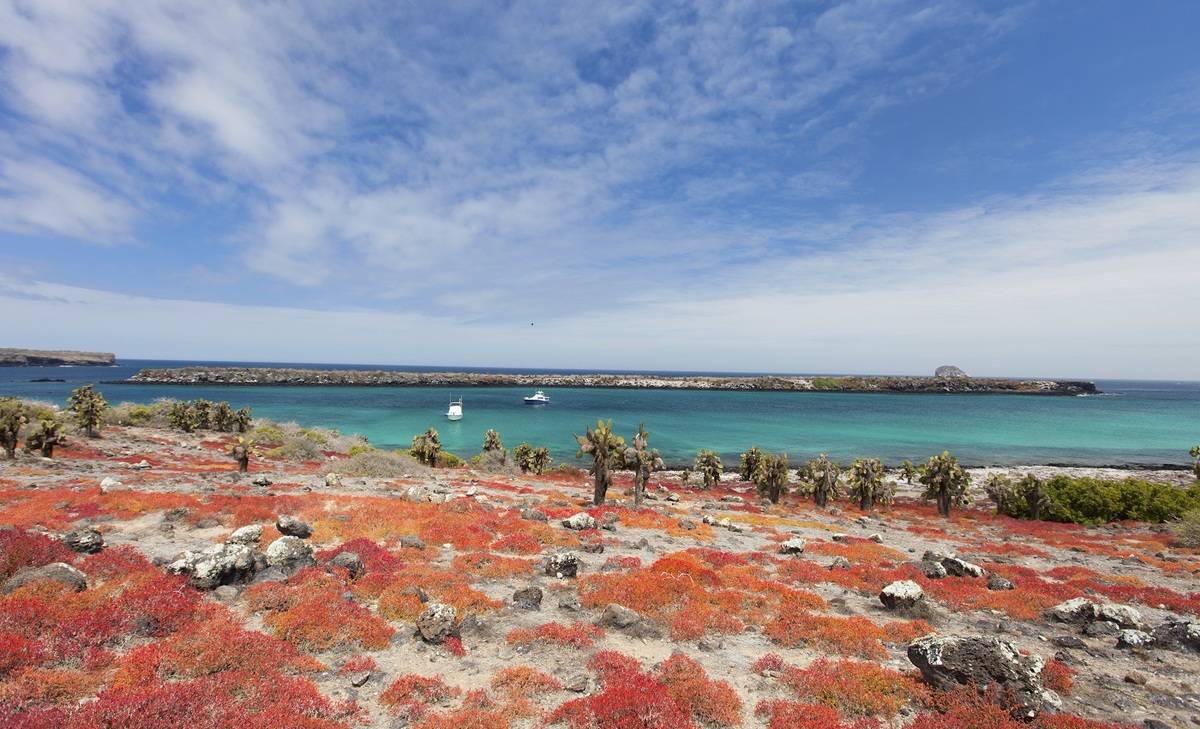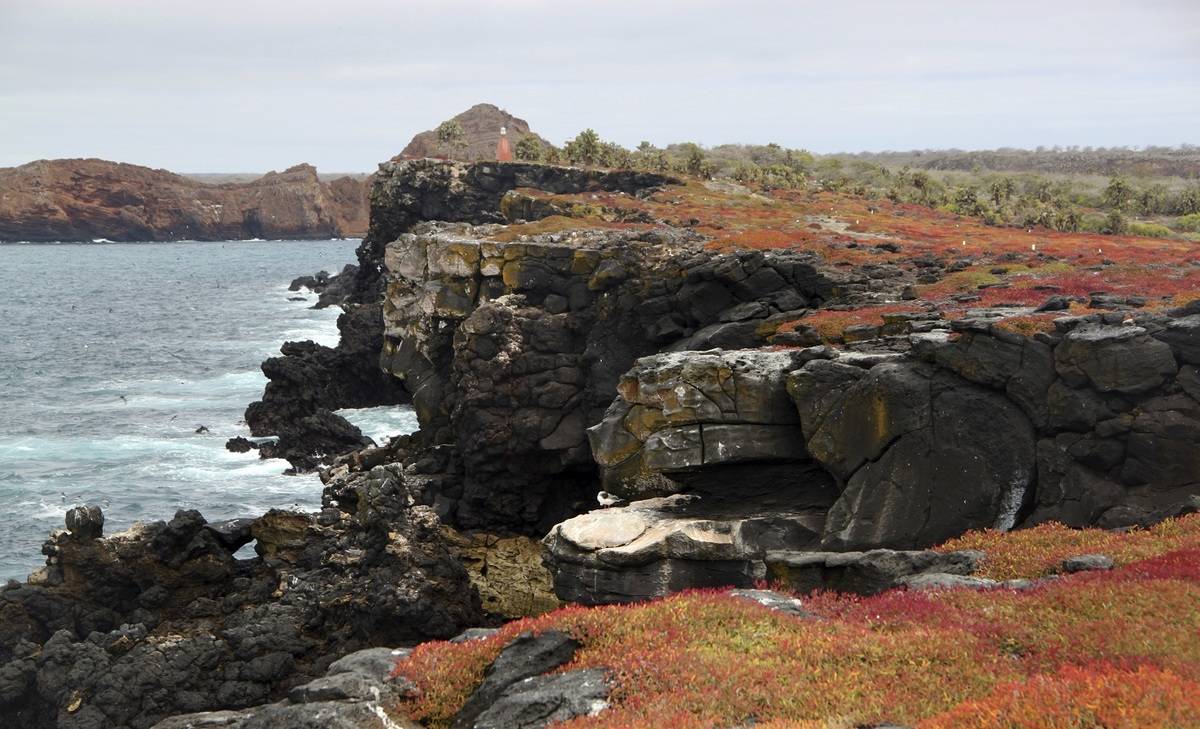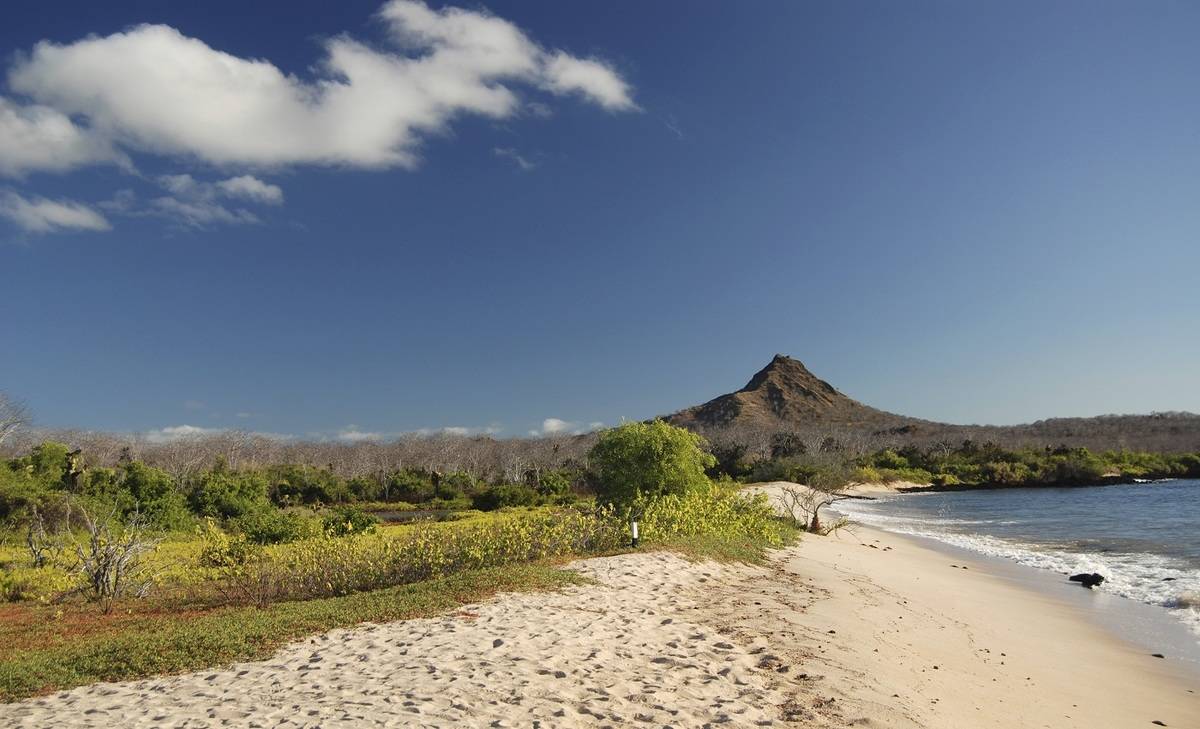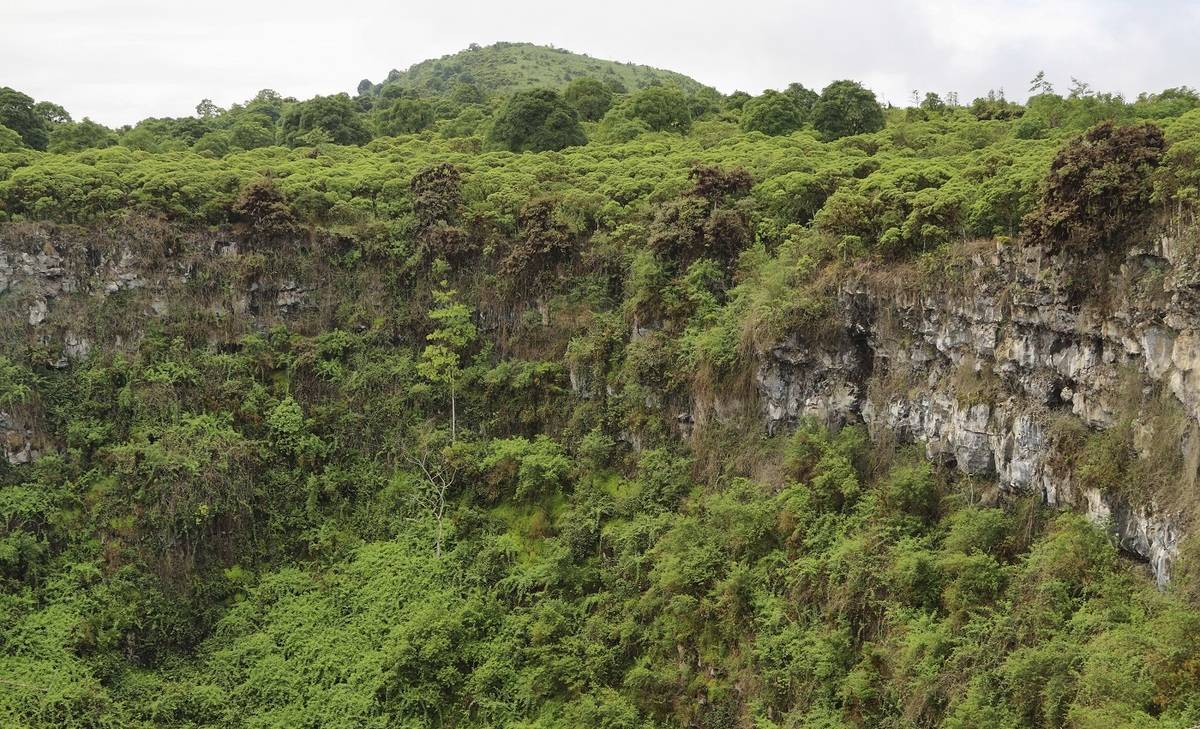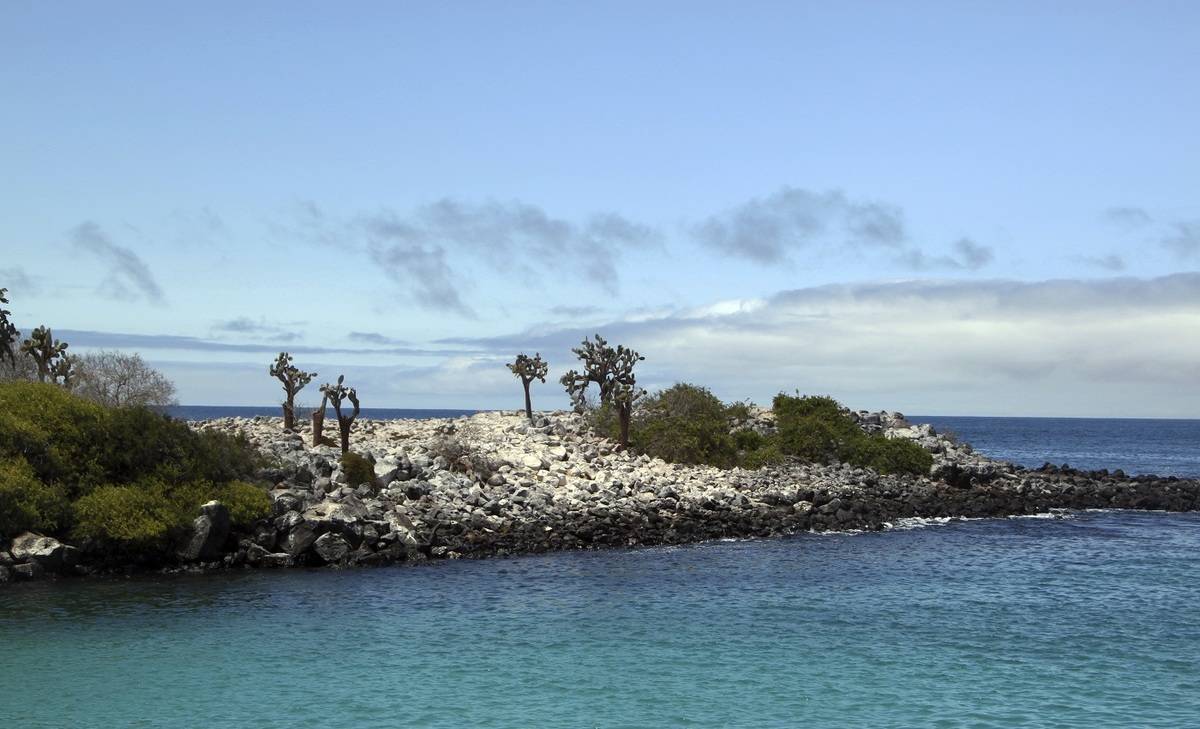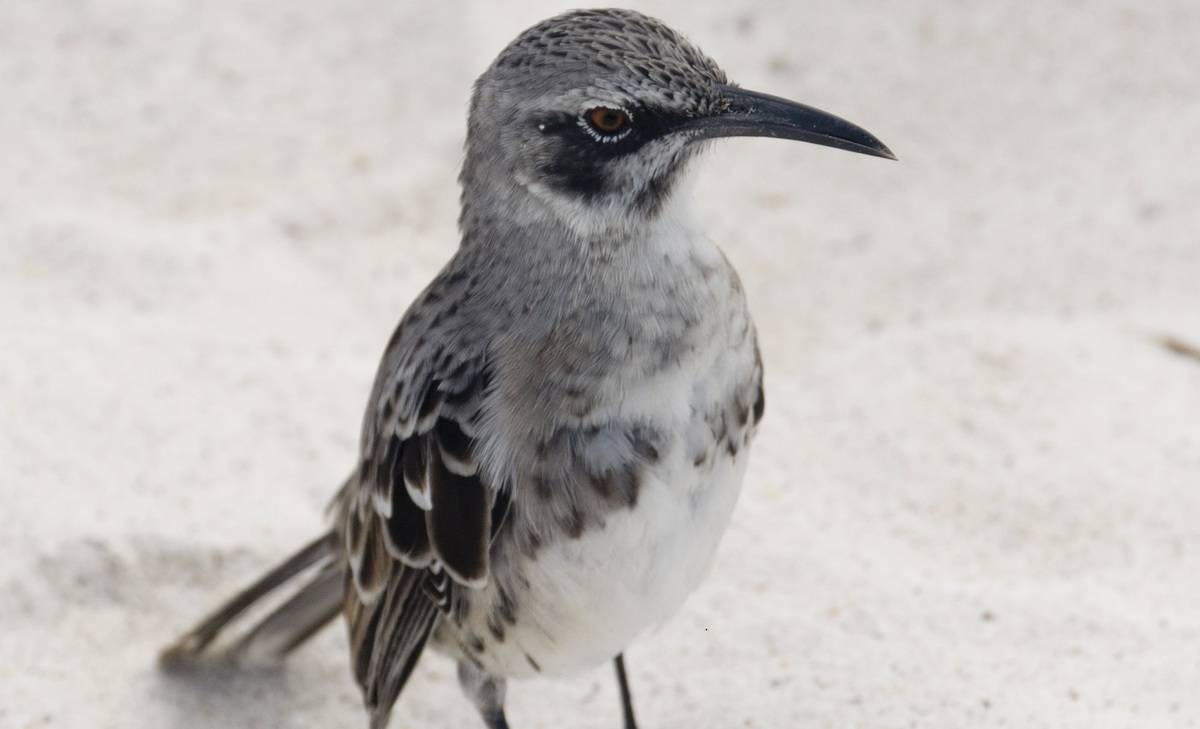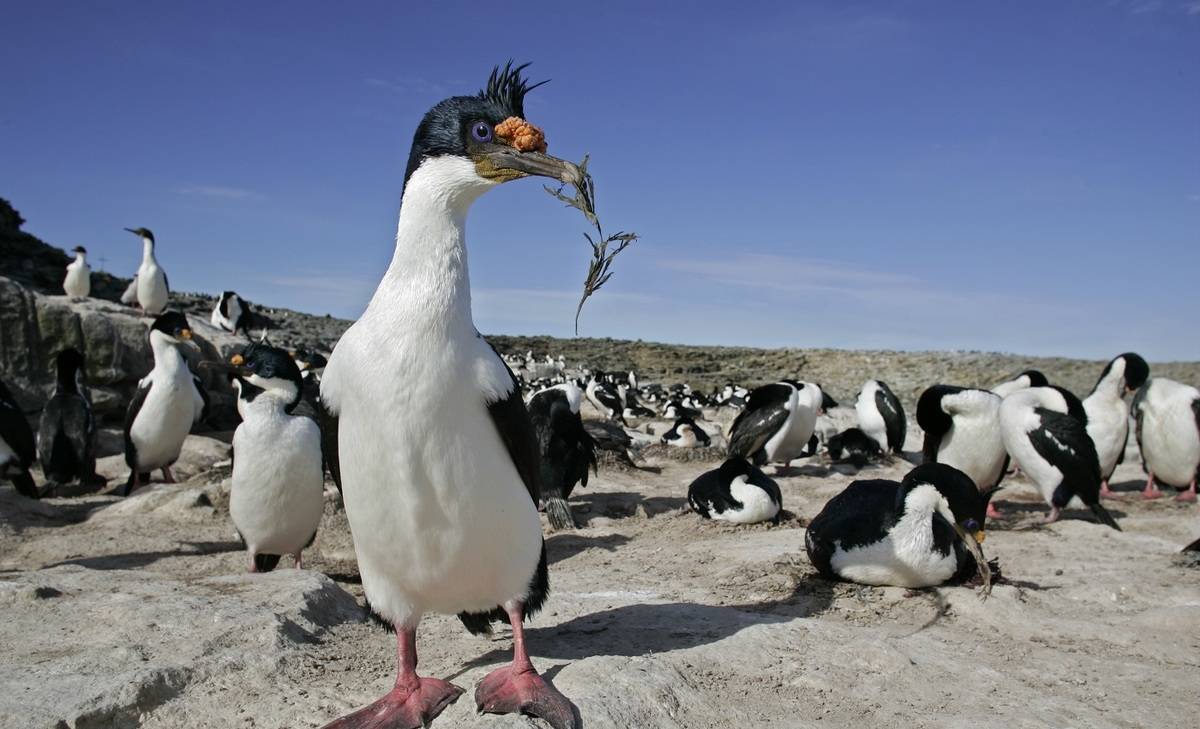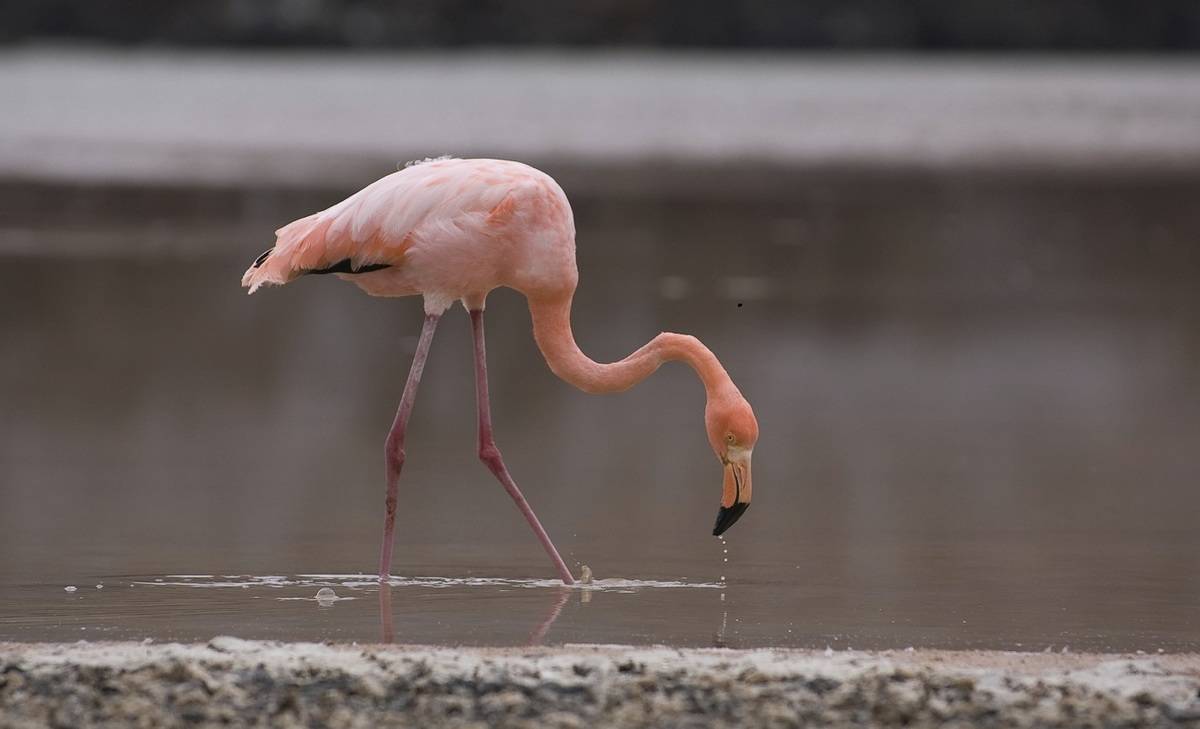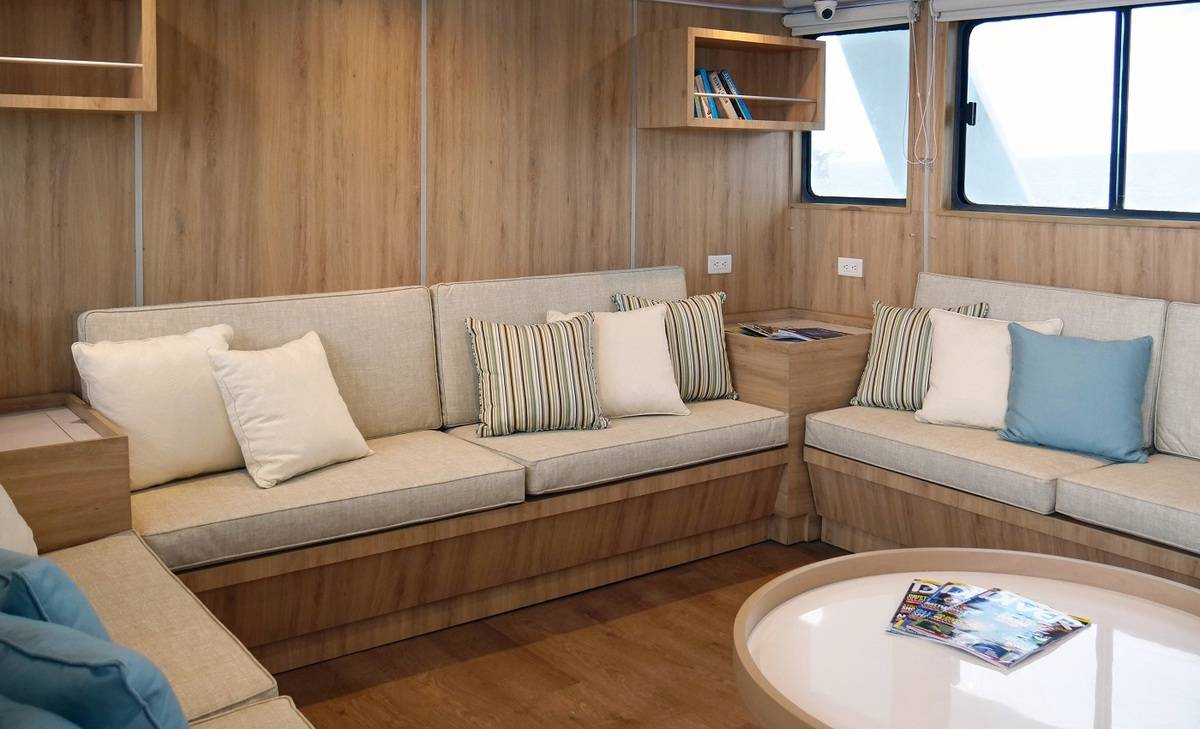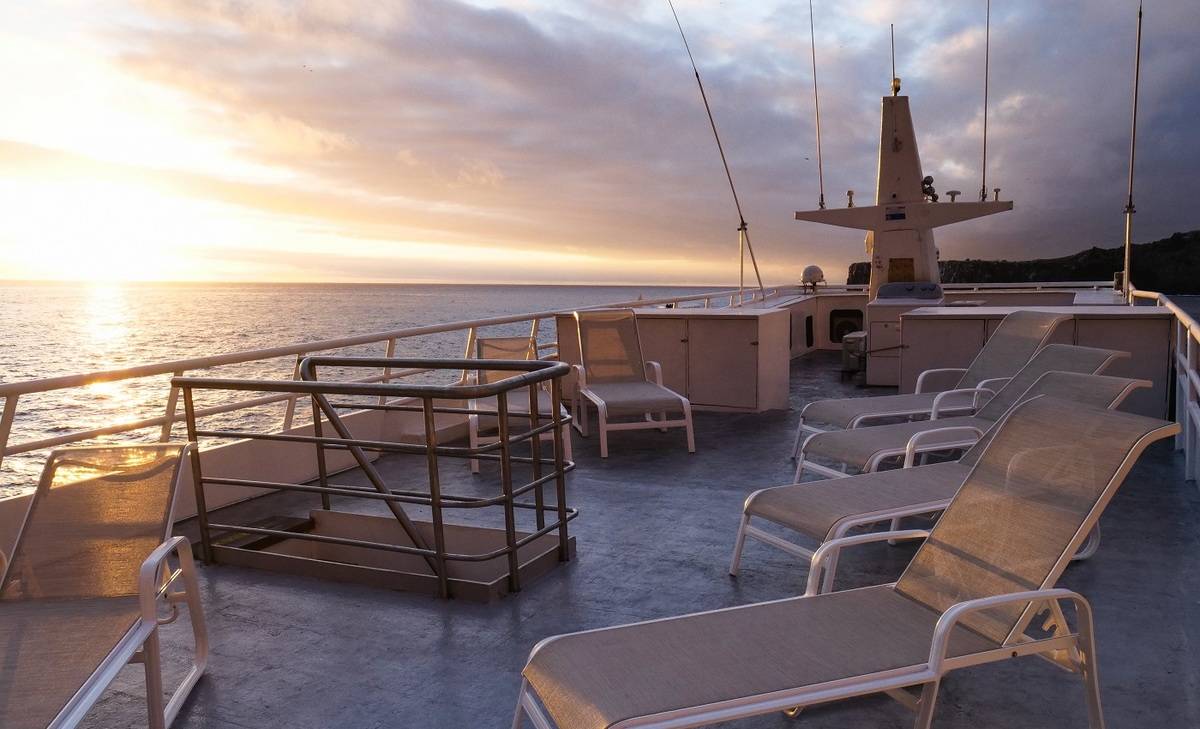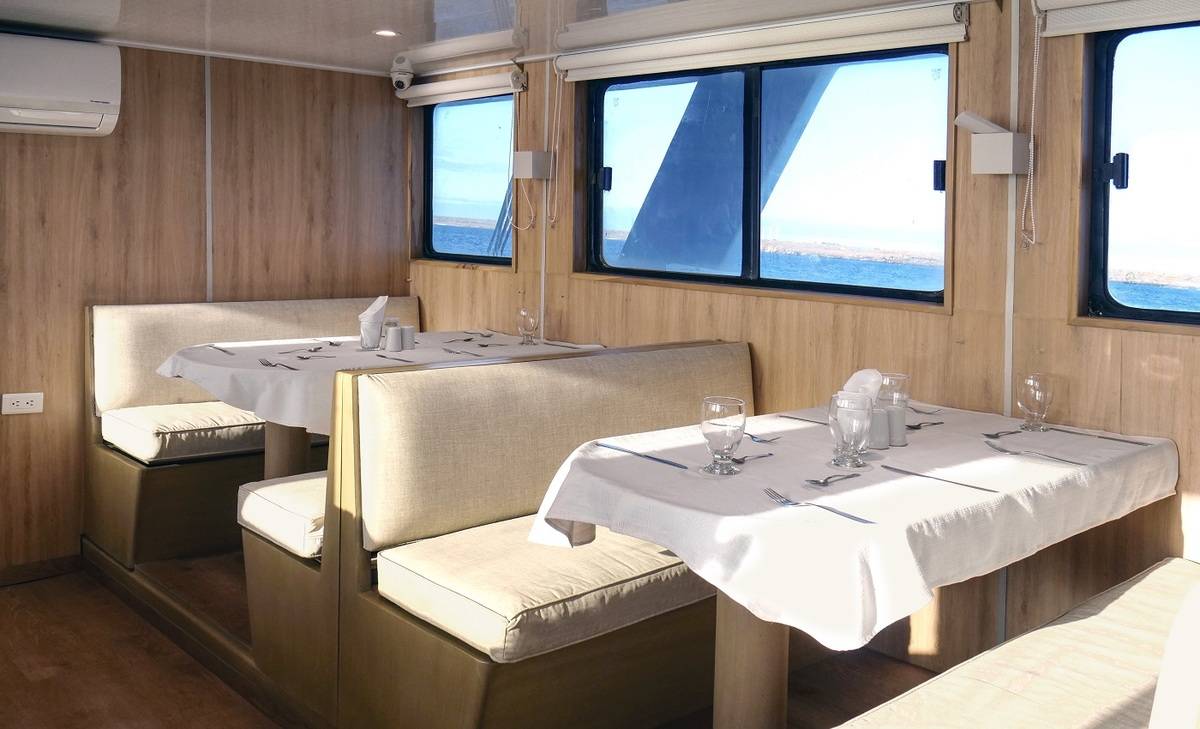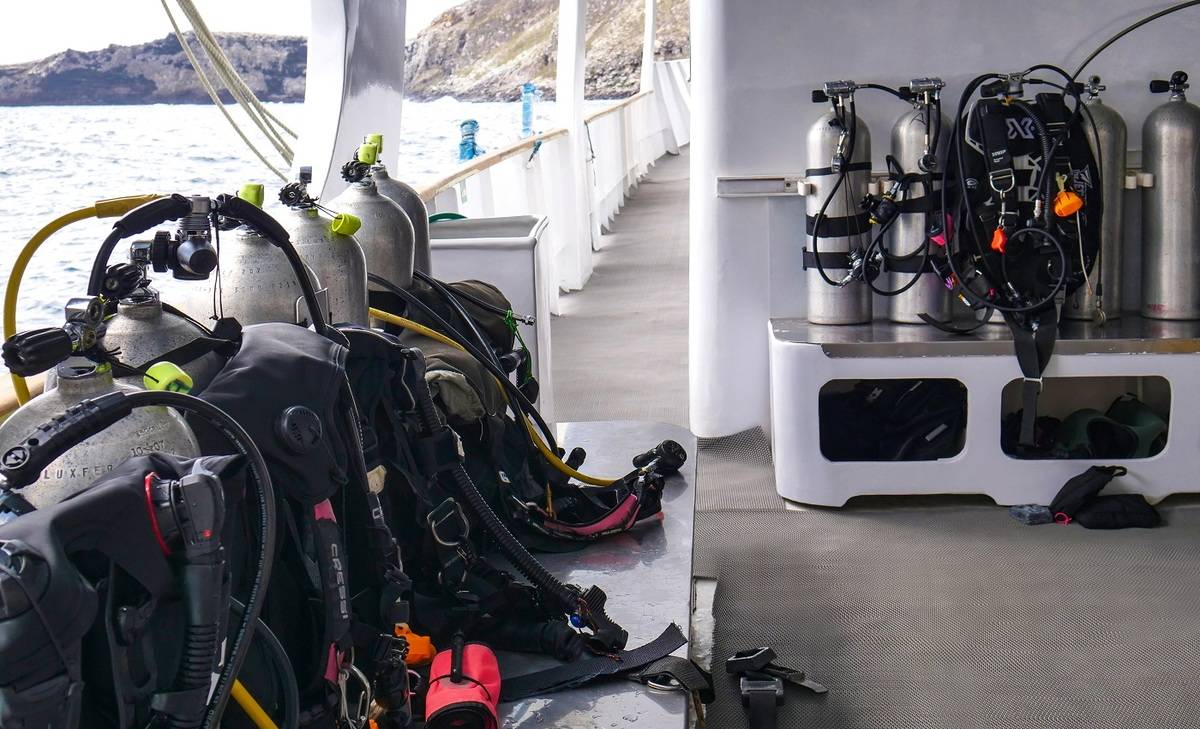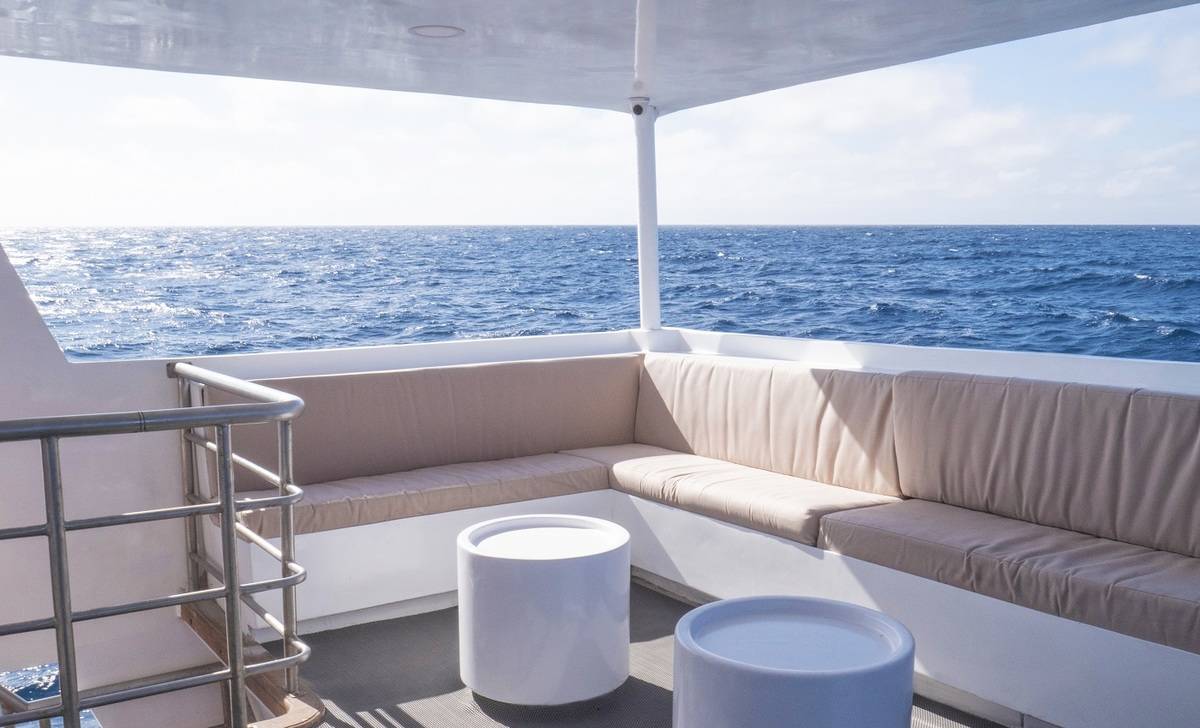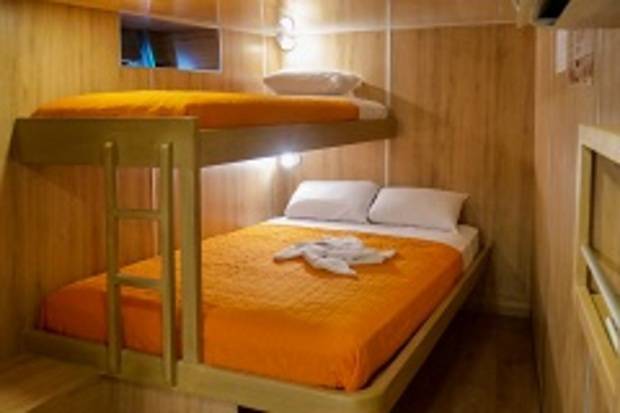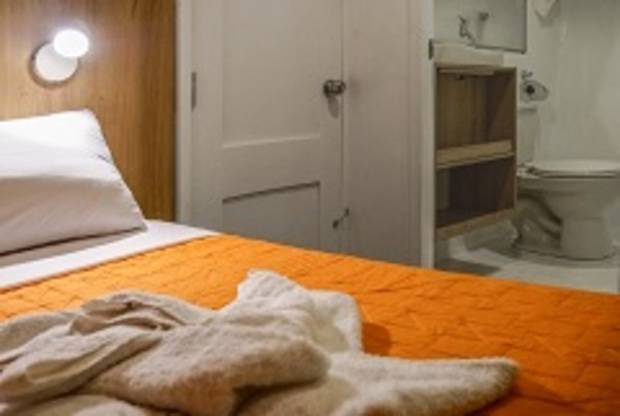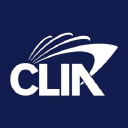Naturalist - South & Central Islands
4 Days - M/Y Aqua
Take a 4-day journey through the Galapagos Islands, and explore the areas of North Seymour, South Plazas, Sante Fe and many others. Embrace the beautiful sights and sceneries that the islands have to offer.

Home » M/Y Aqua: Naturalist – South & Central Islands
Itinerary Highlights:
- Walk through the archipelago's most extensive colonies of blue-footed boobies and frigate birds on North Seymour Island
- See some of the most interesting and outstanding species of the Galapagos on South Plazas
- Visit Santa Fe, home to a number of endemic species like the Galapagos Hawk, Galapagos snake, Galapagos mockingbird, rice rats and one of the two species of land iguanas of the islands
- Snorkel with playful sea lions and tropical fish
- Learn about the famous giant tortoise at the Fausto Llerena Breeding Centre
Itinerary in Brief:
- Day 1: Baltra Airport - North Seymour
- Day 2: South Plazas - Sante Fe
- Day 3: CC Fausto Llerena - Cormorant Point
- Day 4: Dragon Hill - Baltra Airport
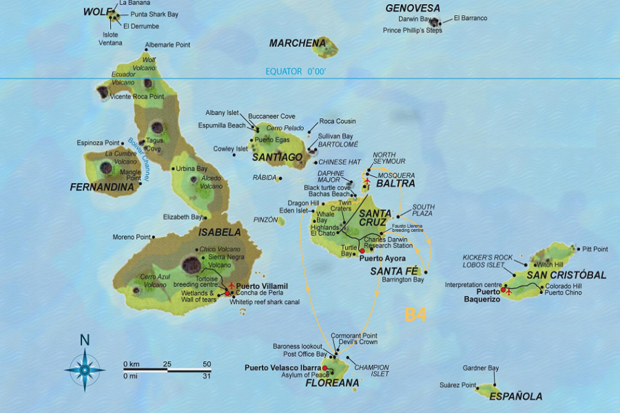
Day 1: Baltra Airport - North Seymour
AM – Baltra Airport
Upon arrival at Seymour Ecological Airport, a check-up is carried out first, to ensure that no foreign plant or animal species are introduced into the islands. Furthermore, your TCC (Transit Control Card) is stamped; this must be kept safe during your trip, as it has to be presented again on your return flight. In addition, entrance to the Galapagos National Park is due for entry (US $100), if this has not yet been paid. Your guide will meet you at the airport, assist you with the luggage, and accompany you on the short bus ride to the harbour of Puerto Ayora. Here you will climb aboard the M/Y Aqua! After greeting the crew and the captain, your cabins will be assigned to you and then you will enjoy your first lunch onboard.
PM – North Seymour
This islet is one of most visited sites, and it is teeming with birdlife. An easy circular path takes you through the archipelago’s most extensive colonies of blue-footed boobies and frigate birds. At the beginning of the breeding season, adult frigate bird-males blow up their vivid red pouches to impressive football-sized balloons. This is one of the few spots where you can compare the magnificent and the great frigate bird breeding next to each other.
Day 2: South Plazas - Sante Fe
AM – South Plazas
South Plaza is located at the east of Santa Cruz Island and forms part of two islands known as Islas Plazas. Despite its small size, some of the most interesting and outstanding species of the Galapagos are found here. The Plazas land iguanas are smaller than their relatives found on other islands. There are several hybrid iguanas, a result of crossing a male marine iguana and a female land iguana; they are unique, recognisable at first glance by their black/grey colour, with a land iguana's crest, but face and tail of the marine iguana. The large population of iguanas is due to the presence of tuna, their favourite food. Swallow-tailed gulls nesting in the rugged cliffs is seen along with other seabirds such as Audubon shearwaters, red-billed tropicbirds, frigate birds and brown pelicans.
PM – Sante Fe
Located in the south-eastern part of the Galapagos, this island was formed from an uplift rather than being of volcanic origin, which is why it is mostly flat. There are some theories which claim that this could be the oldest island in the Archipelago. Santa Fe is home to a number of endemic species like the Galapagos Hawk, Galapagos snake, Galapagos mockingbird, rice rats and one of the two species of lands iguanas of the islands.
After disembarking into the beautiful and clear waters you will be in contact with one of the many sea lion colonies. Along the trail, many salt bushes can be seen as well as the giant prickly pear cactus - gigantism is a characteristic of oceanic islands. There are many possibilities to snorkel with playful sea lions and tropical fish.
Day 3: CC Fausto Llerena - Cormorant Point
AM – CC Fausto Llerena
After discovering and learning about the difference of Espanola Island tortoises with those from other islands, you will have the opportunity to take amazing photographs of the tortoises at the breeding centre!
The tour starts at the information booth of the GNP. The trail continues to the Van Straelen interpretation Center, the breeding centre and from there will be a path- this is where you can see the tortoises of Española Island, ending in the tortoise exhibit corral. Tortoises of this corral are accustomed to humans; it is an excellent spot to be photographed with them!
PM – Cormorant Point
The peninsula of Cormorant Point forms the extreme north cape of Floreana, which formed from smaller volcanic cones, covered by tropical dry forest (palo santo). At the landing beach, you will be welcomed by a small Galapagos sea lion colony. The green sand on this beach contains a high percentage of glassy olivine crystals which have been blown out by the surrounding tuff cones. The ‘flour sand’ beach on the southern side of the peninsula is made up of even finer white coral sand which feels very smooth on the feet. Parrotfish have pulverised it, grinding the calcareous skeletons of living coral. You can spot schools of stingrays who love the sandy bottom to hide. During the first months of the year, Pacific green turtles come ashore to bury their eggs.
Day 4: Dragon Hill - Baltra Airport
AM – Dragon Hill
Dragon Hill boasts two key-species which are very likely to be seen during every visit to the Galapagos, though not too commonly distributed throughout the islands: Galapagos land iguanas and American flamingos. You will climb a hill with giant opuntia cacti where these ‘dragons’ feed and breed. Although they are quite shy and elusive, you stand a fair chance of seeing the success of this project with your own eyes.
The short walk crosses the coastal vegetation zone, as well as the somewhat higher arid zone with vulnerable tropical dry forest. In the warm and wet season in the first half of the year, everything turns green. Evergreen giant prickly pear cacti with internal reservoirs used a different survival tactic in this dry climate to the leaf dropping palo santo trees; in the end, both were successful. Moreover, this is a very photogenic spot as well, with breathtaking panoramas over the bay and towards an intriguing steep volcanic spout of red lava that overlooks the area. Dragon Hill has become popular because of its saline lagoons behind the beach; these contain algae and shrimp and attract seasonally foraging American flamingos. Dragon Hill is the best location on Santa Cruz to observe them.
PM – Baltra Airport
It’s time to say goodbye to Galapagos! It’s been a pleasure accompanying you on this unique trip and hopes to see you again very soon! Assisted by the naturalist guide and some crewmembers, the dinghy will bring you and your luggage to the Seymour Ecological Airport, where we will take the shuttle back to the airport.
In case you have booked your trip for a longer stay with us, we would be welcoming any potential new fellow passengers to the yacht, and continue our trip to the next visiting site!
Cabin Details
Lower Deck Triple Cabin
Lower double bed and a single upper bed, portholes, private bathroom with hot shower, toilet and washbasin, biodegradable soap, shampoo and conditioner, air-conditioning, closet and towels.
Main Deck Double Cabin
Lower double bed, picture window, private bathroom with hot shower, toilet and washbasin, biodegradable soap, shampoo and conditioner, air-conditioning, closet and towels.
Upper Deck Twin Cabin
Upper and lower bunk beds, picture window, private bathroom with hot shower, toilet and washbasin, biodegradable soap, shampoo and conditioner, air-conditioning, closet and towels.
M/Y Aqua Deckplan
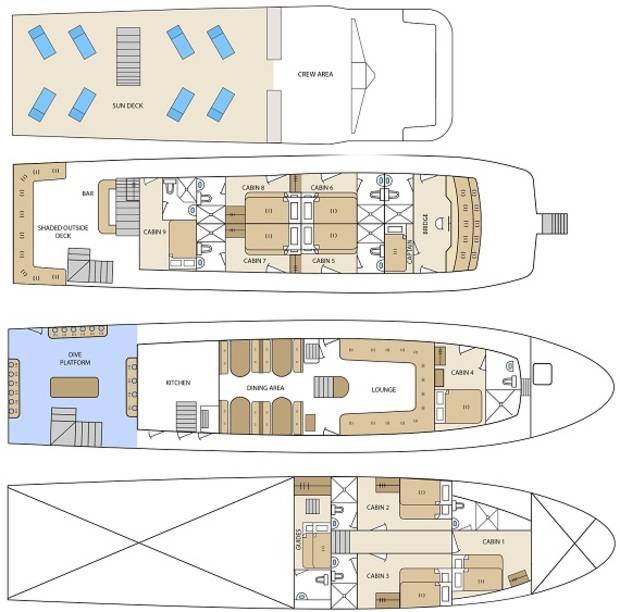
Specifications
- Type: Motor Yacht
- Year Built: 1998 (remodelled in 2019)
- Category: Mid-range
- Length: 26 metres / 85 feet
- Beam: 5.5 metres / 18 feet
- Max. Capacity: 16 passengers
- Cabins: 9 (During the 2019 refurbishment, 1 cabin will be added)
- Crew: 8 members + 1 instructor guide and 1 divemaster guide (for naturalist cruises only 1 bilingual naturalist guide)
- Zodiacs: 2 Caribe (C-20 & C-17) with 50 HP Yamaha four stroke outboards
- Max speed: 9 knots
- Electricity: 110V/220V
- Engines: 2 x 250HP Caterpillar
- Generators: 1x 80 kW & 1x 60 kW Cummins
Please note the M/Y Aqua does not accept credit cards on board, ensure you have adequate cash for drinks and optional extras.
Whats included?
- Accommodation on board
- All meals, water, tea & coffee
- All excursions as described in the programme (subject to change) with bilingual guide (Spanish / English)
- Airport assistance at Quito airport (when flight and cruise are booked together)
- All transfers to Galapagos (AirportYacht-Airport only included when booked together)
- Snorkelling equipment
- Bath and beach towels
What’s not included?
- International and National (Ecuador-Galapagos-Ecuador) flights
- Galapagos National Park Entrance, US $ 100 (To be paid upon arrival, in cash)
- Transit Control Card, US $ 20 (To be paid upon departure from the mainland to Galapagos, in cash)
- Galapagos Airport Transport, if the flight has not been booked together
- If necessary, single room supplement
- Optional wetsuit (to be paid in cash only)
- Soft drinks and alcoholic drinks (to be paid in cash only)
- Personal expenses, extras & gratuities
- Travel insurance

